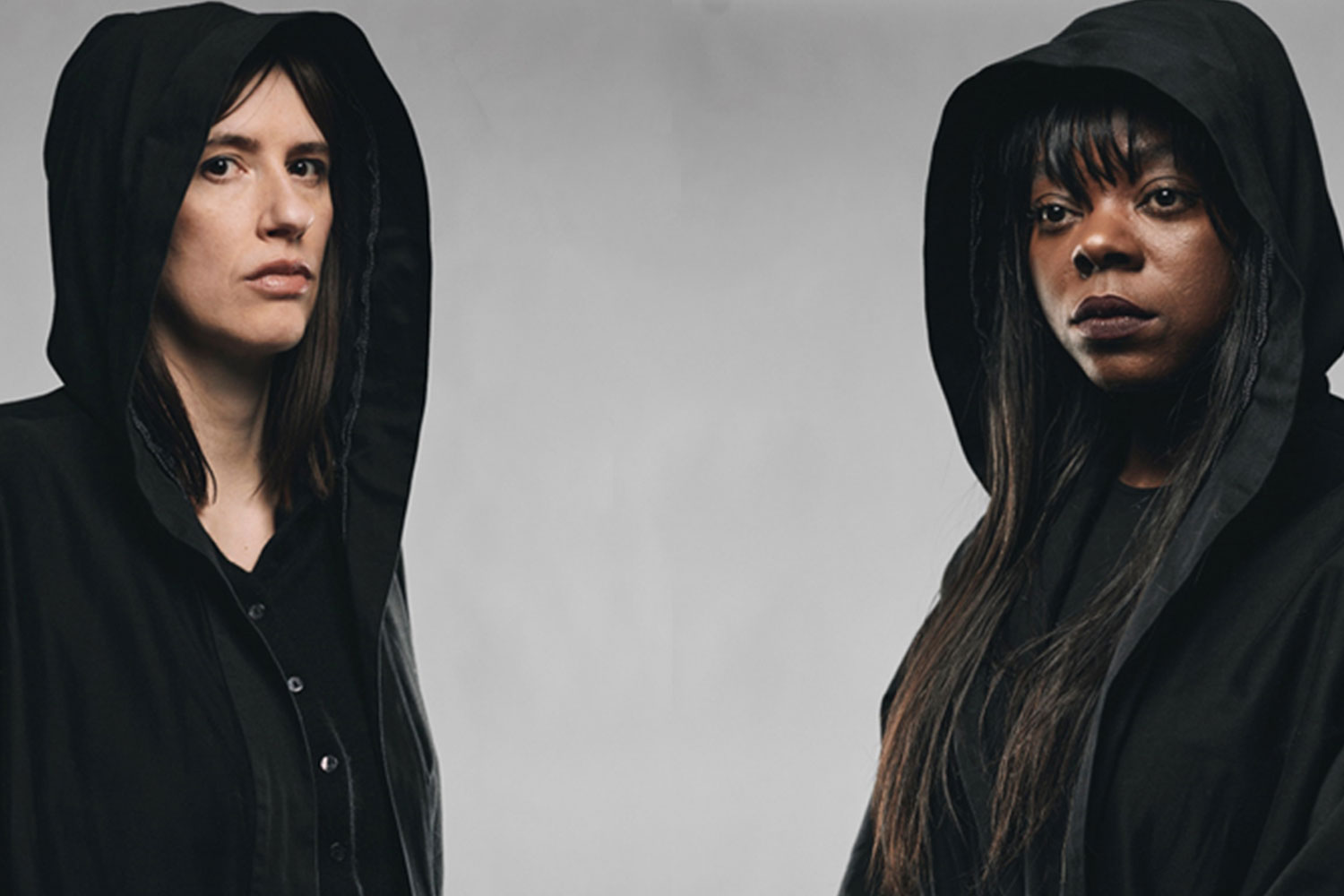Oh! What a Lovely War
Nearly 40 years after it was first devised and premiered at the Theatre Royal Stratford East, Joan Littlewood’s Oh! What A Lovely War remains an astonishingly bold achievement: a part-documentary, part-musical recreation of the events of the First World War, presented as if it were a vaudevillian pierrot show.
This hybrid approach at first embraces, but soon unsettles, to achieve the delicate balancing act that this seemingly jaunty, but eventually overpowering, entertainment suggests in its ironic title.
As both the Great War and theatrical vaudeville retreat ever further away from us in memory, this critique of the former using the form of the latter acquires a doublly renewed resonance. And to be reminded of all of these associations, while enjoying a warm summer’s night in the outdoors of Regent’s Park, is to be aware of the cost of the freedoms that were gained in the massive loss of life that took place during that awful conflict.
At the same time, underlying Lovely War‘s tale of death is one of humanity rather than inhumanity. Surely the most affecting scene in the entire show is one set on Christmas Eve, where the ‘Gerry’s’ in their trench sing a Christmas carol to the ‘Tommy’s’ in theirs. The English reply with a ribald festive ditty of their own, and then the two sides meet in the middle to shake hands and realise that, whatever war is being fought in their name, they can still share a drink.
As incompetent officers drive weary and reluctant men out of their trenches towards certain death, the growing losses – and negligible to non-existent gains – are hauntingly reflected in slide projections that lend proceedings the quality of reportage.
But threaded through with songs of the period, the show is also a musical revue of constantly shifting moods. These moods are wonderfully reflected in the palette and undeniable power of Ian Talbot‘s production, which is an extremely adventurous choice for this summer theatre. The 17-strong ensemble cast beautifully animate its changing textures, from initially overpowering jauntiness to elegiac loss, to provide a powerful reminder of the horrors of war.










